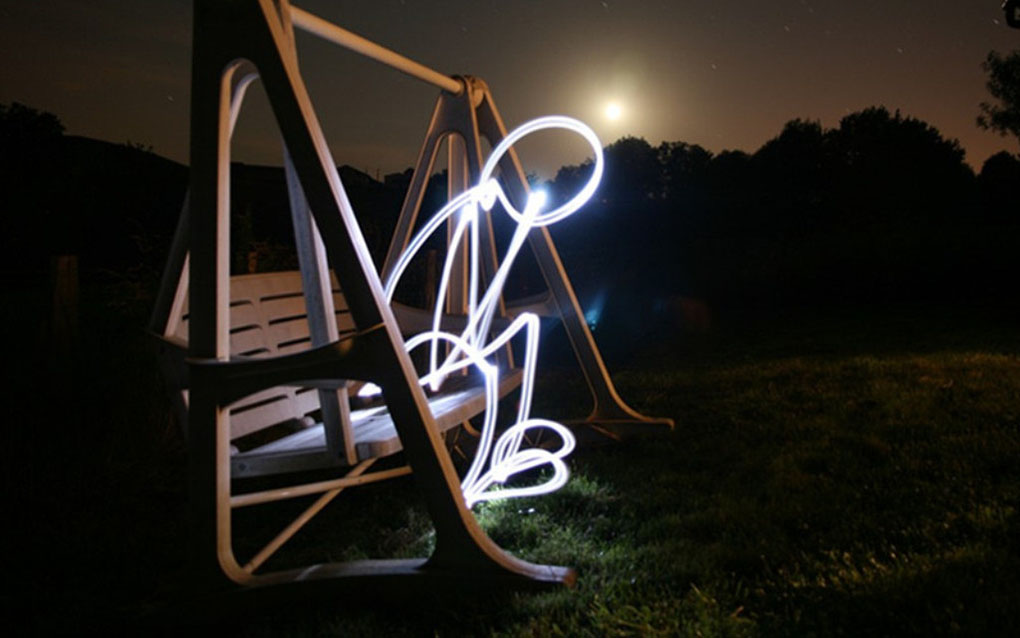so what’s the fine for breaking relativity?

Since the science world is abuzz with news of experiments detecting neutrinos making a 732 kilometer trip in record time, 60 nanoseconds ahead of light itself, I have two questions. First is how big of a speeding ticket to give the neutrinos in question, and second is whether these neutrinos could now go back in time and kill their own grandfathers. In all seriousness though, it is a very interesting result and it’s even more interesting that a subsequent test clocked neutrinos moving just as quickly. When you challenge the laws by which we think the universe works, you tend to learn quite a bit and when something as seemingly constant and fundamental as the maximum allowable speed of anything in existence which was used as a constant for about a century can become fair game after some hard data casting doubt on it, you stand to expand physics a great deal. But as you’re probably aware, it takes a lot of steps to get from a weird and tantalizing result or two to creating a new model of an entire field, and we have to ask a few questions about these faster than light neutrinos first.
Detecting ghostly neutrinos generated over 450 miles away from your equipment is not a trivial task and there are a lot of things that can go wrong. This is why when the results were first announced, many physicists tried to pin the discrepancy on GPS systems used to track the neutrinos’ movement, noting that time distortion can easily add up to 60 μs since the satellites have to be corrected by 45 μs every day anyway, leaving a razor thin margin of error in the calibration. The second experiment addressed those concerns and made sure that the systems were indeed synched correctly. So we’ve got our first detected tachyons, right? Maybe, maybe not. An instrument check is an important step towards replicating the data in question, but that leaves the second big issue wide open. Since the neutrinos are coming from protons being smashed together in energetic beams and travel in the bizarre way quantum objects move around the universe, there’s always the chance that a tiny slip in the proton beam generated neutrinos just a little closer to the detector than was assumed and since it is a tiny discrepancy in the grand scheme of things, this is a very real possibility. If they arrived a few hundred nanoseconds faster in both attempts, the beam would be a less likely culprit in the matter.
Likewise, there’s another interesting issue about these experiments raised by Cohen and Glashow about an odd lack of matter and antimatter emissions by the superluminal neutrinos. Breaking the speed of light isn’t a new phenomena to physics when light travels through a medium other than a vacuum, and when we see any particle exceed the speed of light in a given medium, we can also see the bluish glow of Cherenkov radiation, a sonic boom for superluminal objects. In a vacuum, particles should shed electrons positrons pairs as they slow back down to a sub-luminal speed. All the OPERA neutrinos seemed quite ordinary and didn’t give off a shower of electrons and positrons. So either we were using an incorrect speed of light and now have results that add a few kilometers a second to our constant, the predicted Cherenkov radiation effects don’t apply until higher velocities or there’s a medium present, or there was a problem with the proton beam at CERN. Which idea is correct? Well, we really don’t know. More experiments will need to be done, more protons beams will have to fired, and more neutrinos will have to be detected. It’s rather unlikely that even if we confirm that yes, a certain set of neutrinos with a specific charge and flavor traveling the way OPERA neutrinos traveled can go just a bit faster than light, it will overturn all we know about physics and special relativity. But hey, why not try to break relativity if you get the chance? It’s not like you’ll get many of those in the first place…
See: Cohen, A., Glashow, S. (2011). Pair creation constrains superluminal neutrino propagation Phys. Rev. Letters, 107 (18) DOI: 10.1103/PhysRevLett.107.181803





